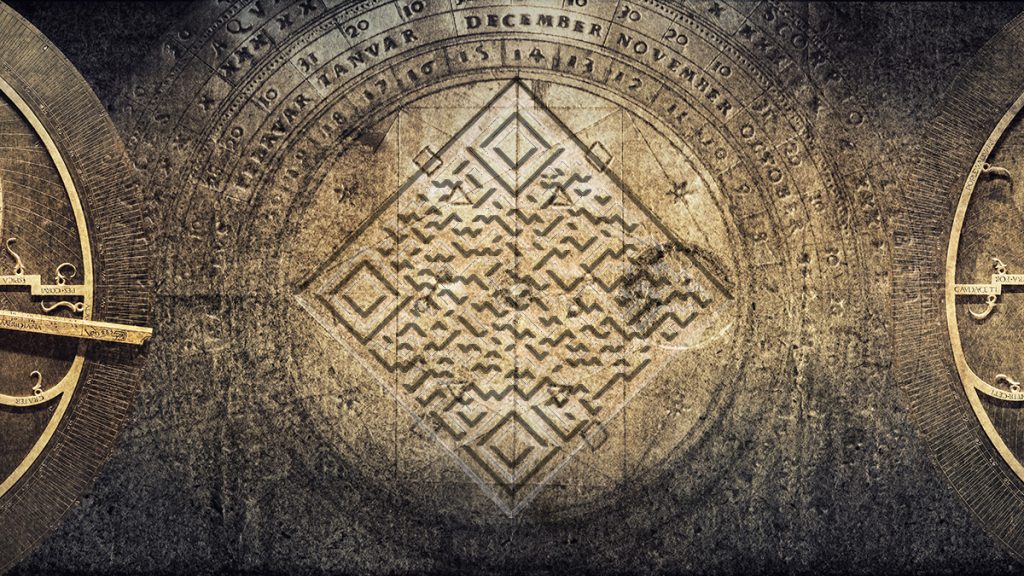 |
| source: Google |
In the annals of human history, there are numerous examples of remarkable ancient technologies that have shaped civilizations. Among them, the ancient aqueducts stand as awe-inspiring feats of engineering and architectural prowess. These water supply systems, found in various ancient cultures, revolutionized the way societies accessed and distributed water, contributing to the growth, prosperity, and sustainability of ancient cities. In this article, we delve into the world of ancient aqueducts and explore their ingenious construction, purpose, and enduring legacy.
Ancient Aqueducts: The Foundation of Civilization:
Ancient aqueducts were masterfully designed channels, tunnels, and structures used to transport water over long distances. The earliest known aqueducts trace back to the ancient civilizations of Mesopotamia, Egypt, and the Indus Valley, dating as far back as 3000 BCE. However, it was the Romans who perfected this technology, leaving behind an extensive network of aqueducts throughout their empire.
Construction Techniques:
The construction of aqueducts involved an intricate blend of engineering, architecture, and craftsmanship. They were typically built with a combination of stone, concrete, and clay pipes, relying on gravity to propel water from higher elevations to lower areas. Roman engineers ingeniously employed a gradient system, ensuring a steady flow of water through a carefully calculated slope. These structures often spanned vast distances, with some aqueducts stretching over hundreds of kilometers.
Ingenious Engineering:
One of the remarkable aspects of ancient aqueducts was their ability to overcome natural obstacles such as valleys, hills, and rugged terrain. Engineers employed a range of innovative techniques to ensure a continuous flow of water. These techniques included the construction of arched bridges, tunnels through mountains, and elevated channels supported by pillars. Some aqueducts even incorporated siphons to maintain water flow across valleys, utilizing atmospheric pressure to overcome height differences.
Socioeconomic Impact:
Ancient aqueducts played a pivotal role in the development and sustainability of cities. They supplied clean water for drinking, irrigation, and public baths, improving hygiene and overall public health. The availability of water fostered agricultural productivity, supporting the growth of communities and providing surplus food. Furthermore, aqueducts enabled the establishment of large urban centers and allowed for the construction of impressive architectural wonders, such as fountains and ornamental gardens.
Enduring Legacy:
Although many ancient aqueducts have succumbed to the ravages of time, some remarkable examples still exist today, captivating visitors with their engineering marvels. The Pont du Gard in France, an iconic Roman aqueduct, stands as a testament to the endurance and grandeur of ancient engineering. Similarly, the Aqueduct of Segovia in Spain, with its double arches, represents the Roman legacy in water transportation. These remnants remind us of the innovation and sophistication achieved by ancient civilizations.
 |
| source: Google |
Inspiration for Modern Engineering:
The ancient aqueducts continue to inspire modern engineers and architects. Their principles of efficient water management, harnessing natural resources, and overcoming geographical challenges are valuable lessons that can be applied to contemporary infrastructure projects. Furthermore, the Romans' focus on long-term sustainability in water supply serves as a reminder of the importance of water conservation in today's world.
Conclusion:
Ancient aqueducts represent a remarkable technological achievement of the past. Through their ingenuity, ancient civilizations ensured a steady supply of water to their cities, improving living conditions and fostering social and economic growth. The legacy of these awe-inspiring structures lives on, serving as a testament to human innovation and the enduring impact of ancient technology. As we marvel at the remnants of these ancient aqueducts, we are reminded of the potential for human achievement when engineering, architecture, and resource management
ancient aqueducts, water supply systems, engineering marvels, architectural prowess, sustainable development, water management, ancient technology, Roman aqueducts, infrastructure innovation, societal impact, historical legacy.
Post a Comment